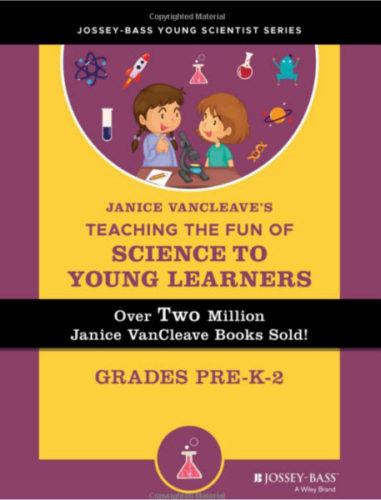ANSWER: The color of an object is not in the object but rather depends on the light that pigments in the object reflect or transmit. Pigments are chemicals that subtract (absorb) specific colors of light and reflect or transmit other colors.
White light contains all the colors of a rainbow. Starting from the top of the rainbow, these colors are: Red, Orange, Yellow, Green, Blue, Indigo, and Violet. The first letter of each color the mnemonic ROY G BIV can be formed. It is easier to remember the man’s name than the names of the light colors in order from the least to the most energetic.
Green leaves contain a green pigment called chlorophyll. When white sunlight hits a green leaf, the chlorophyll in the leaf subtracts all the light colors except green, which is reflected.
Any three colors that when combined produce white light are called primary light colors. The most common set of primary colors are red, green, and blue. The colors produced when two primary light colors are combined are called complimentary light colors. For the primary colors of red, blue, and green, the three possible complimentary light colors are:
Red + Blue = Magenta
Red + Green= Yellow
Blue + Green = Cyan
DISCOVER FOR YOURSELF
Have fun investigating light colors using a flashlight (not exactly white light but close enough) and colored, transparent, plastic report folders. Shine the light through one folder at a time, allowing the light to strike a white surface. When white light travels through a red filter, the filter subtracts cyan light by absorbing the blue and green light rays and allows the red light rays to pass through. This makes the white surface look red.
Note: If you cannot find the colored folders, use water colored with food coloring.
The book is designed to help young students catch the “science bug”
Teaching the Fun of Science to Young Learners
The book’s 75 lessons and reproducible activities touch on all areas of science and provide the key to a world of science magic and mystery. While kids will have fun doing the activities and learning to love science, they are also being encouraged to develop other skills, including reading, writing, math, and art.
(Paid Link)
